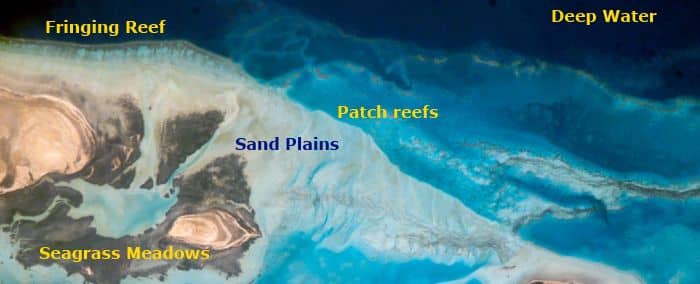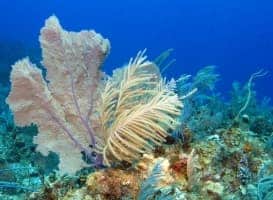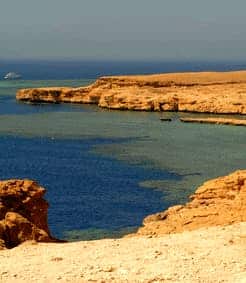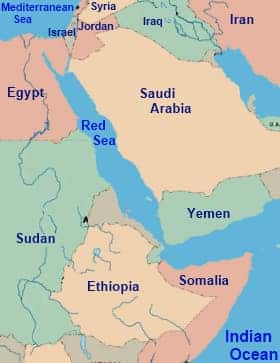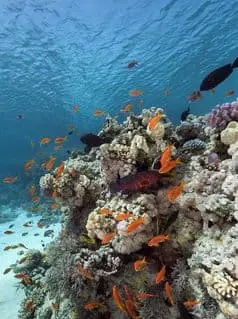The geological history of the Red Sea region is distinctive, and there is only slow and restricted water (and larval) exchange between this sea and the remainder of the Indo-Pacific region as a whole.
Thus, Red Sea reefs have developed a number of features that distinguish them from reefs found throughout most of the rest of this vast oceanic area.
The Red Sea coral reefs are famous for their diverse shapes and brilliant colors. People are amazed by their beauty. At this time, we can make the Red Sea coral reefs into handicrafts in our lives and keep them to appreciate slowly.
Custom keychains can fully show the charm of the Red Sea coral reefs. You can choose acrylic, metal, or PVC keychains to customize according to your needs. With your creativity and design, they will become your unique decorations and collections.
You can also choose a variety of keychain materials, which can better show the texture of the coral reef and reflect the beauty of the coral reef in our lives. Have you thought of your creative idea? Then start customizing it.
Particularly important in the light of global warming predictions is the fact that Red Sea corals have developed an unusually high tolerance to the extreme temperatures, salinity, and occasional turbidity (caused by huge seasonal dust storms) that occur in the region. Such conditions that would be lethal or highly damaging to most hard corals found elsewhere.
Also, water clarity is exceptional in the Red Sea because of the lack of river discharge and low rainfall. Thus, Red Sea reefs are not heavily impacted by the suspension and dissipation of fine sediments that plague reefs in tropical oceans near large land masses.


